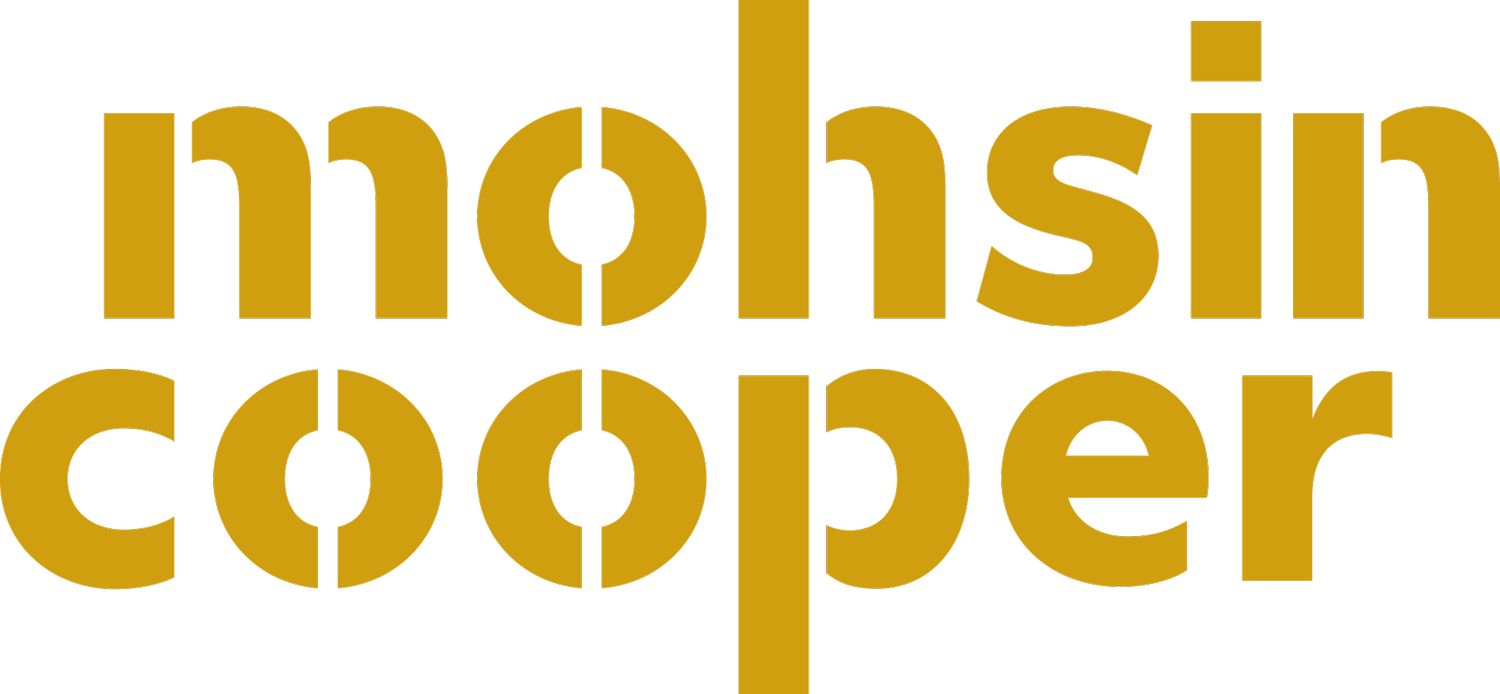Why listening is just as important as talking
The importance of community engagement in the planning process
There’s no two ways about it: the planning system is inherently political. And we’re not just talking about the fact that it is elected Members who ultimately vote on whether schemes secure consent or not. We’re talking about the small “p” of politics: the strength of opinions in local communities, the support or objections to proposed developments due to perceived impacts.
Yes, the civic voice is an integral part of the planning process because changes to the built environment will always give rise to impact, whether positive or negative. And inevitably, stakeholders (interest groups, individuals etc) will have a range of responses to the proposal in question.
One of the most laudable aspects of the UK’s planning system is that everyone (in theory) gets an opportunity to have their view heard: it’s built into the system, through the statutory consultation period.
But leaving it until after submission is rarely the best course of action.
As planners and architects, we’ve seen first hand the value of front-loading community engagement whilst proposals are still in draft, because that makes people’s input more meaningful. And many an application has come unstuck when public opposition rises against a developer who is perceived to have not given sufficient time to consultation.
Here’s three reasons why preparing a public consultation strategy and proactively taking the time to talk – and listen – to your stakeholders will help you to secure the best outcome for your site.
It diffuses tension
Some proposals seem to give off warning lights before they even darken the door of a planning officer.
At Longfield in Kent, we were instructed on a site in the Green Belt that had a contentious planning history.
Our brief was to design and secure consent for a significantly larger replacement dwelling so, aware of the site’s history and the tensions that already surrounded the site, we carried out detailed discussions with the planning officers and neighbours.
It worked.
For a scheme that had the potential to be contentious and arduous, our direct approach at the pre-application stage led to an approval through delegated powers with no objections received. We secured consent for a new home 50% larger than the original, despite the local policy setting a 35% limit.
Our direct, clear communication and our commitment to listening, meant we were able to allay officer’s fears and demonstrate the scheme’s acceptability.
It really pays to talk the same language.
And we see this even more clearly when communication falls down. At a recent case in London, our client allowed a local group to use a strip of his land for use as a community garden. But the community group subsequently removed a boundary fence and started using his whole site without his consent. To top it off, the group then successfully applied for the land to be listed as an Asset of Community Value.
We’re in the process of appealing the designation and it’s likely that our client will ultimately remove the group from all his land – even the original strip.
It’s a clear warning to others: an open dialogue could have diffused tensions and avoided a dispute.
It helps to correct misunderstandings
Change is hard for anyone. And a perceived negative change that doesn’t appear to be listened to is a recipe for disaster.
At Chipping Norton we were brought in to object to a neighbouring householder application, which impacted on the setting of our client’s listed building.
After preparing our case, our client shared it with their neighbour (the applicant) before submitting the objection. And, having seen how things looked from the other side of the fence, they changed tack and revisited the proposal.
Now we’re acting for both parties, communicating clearly to avoid future misunderstandings. What could have become a confrontation is now being resolved in a way both parties are happy with.
It creates better places
At an infill scheme in Lewes, we’ve been instructed to revisit a planning consent for 10 units on a challenging and prominent site. The original scheme offered a very contemporary design solution which wasn’t supported by the local planning authority or neighbours. Whilst it was allowed at appeal, our client now wishes to revise the design to be more in keeping with the locality and something that everyone can be proud of.
In light of the previous local planning authority refusal, we sought detailed pre-application advice and are taking the scheme to the Design Review Panel. The scheme will be critically reviewed by a panel of design experts following which the design team will respond and make changes to address any concerns. Iron sharpens iron, as they say, and this iterative process always helps to challenge and improve any design project.
In this case, it’s resulted in the scheme being changed to dramatically incorporate more soft landscaping on site (49%, up from 18% as existing) and reduce hard surfacing by almost the same degree. The process of talking (and listening) to key stakeholders and design experts will have a tangible improvement on the proposals.
Talking (and listening) secures the best outcomes
Whatever we’re working on, we focus on being straight-talking. Whether that’s with our own clients, or when we’re talking with local planning officers or stakeholders. But more than that, we promote “straight listening”. Active listening, at the right time in the planning process, wins every time.
It’s the right way to secure the best outcomes in the built environment.
We understand the planning process from start to finish and will tailor the right planning strategy, including the right engagement strategy, to achieve the best results for your site.
Get in touch and we’ll devise the right planning strategy that understands the importance of clear negotiations and positive stakeholder engagement.



